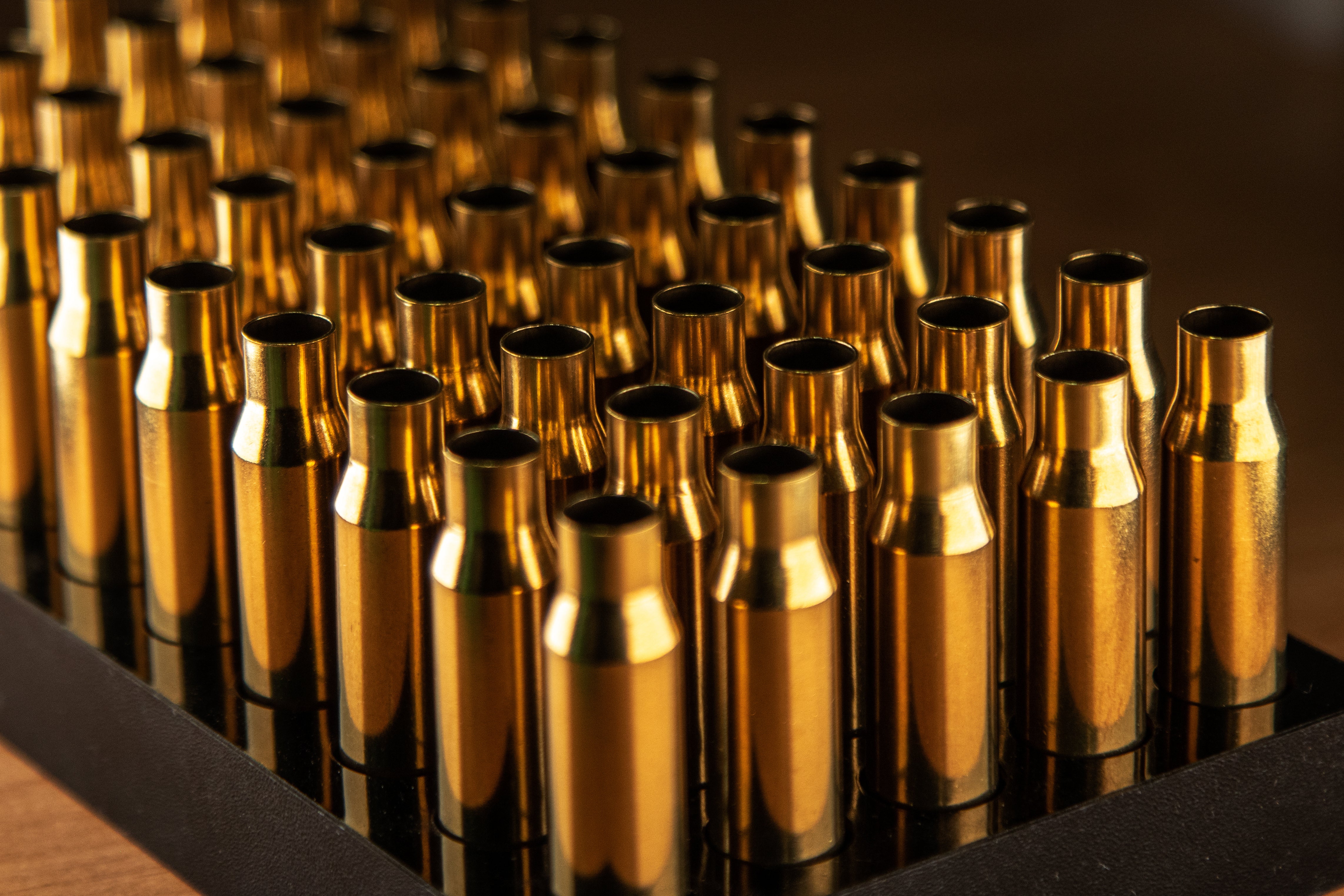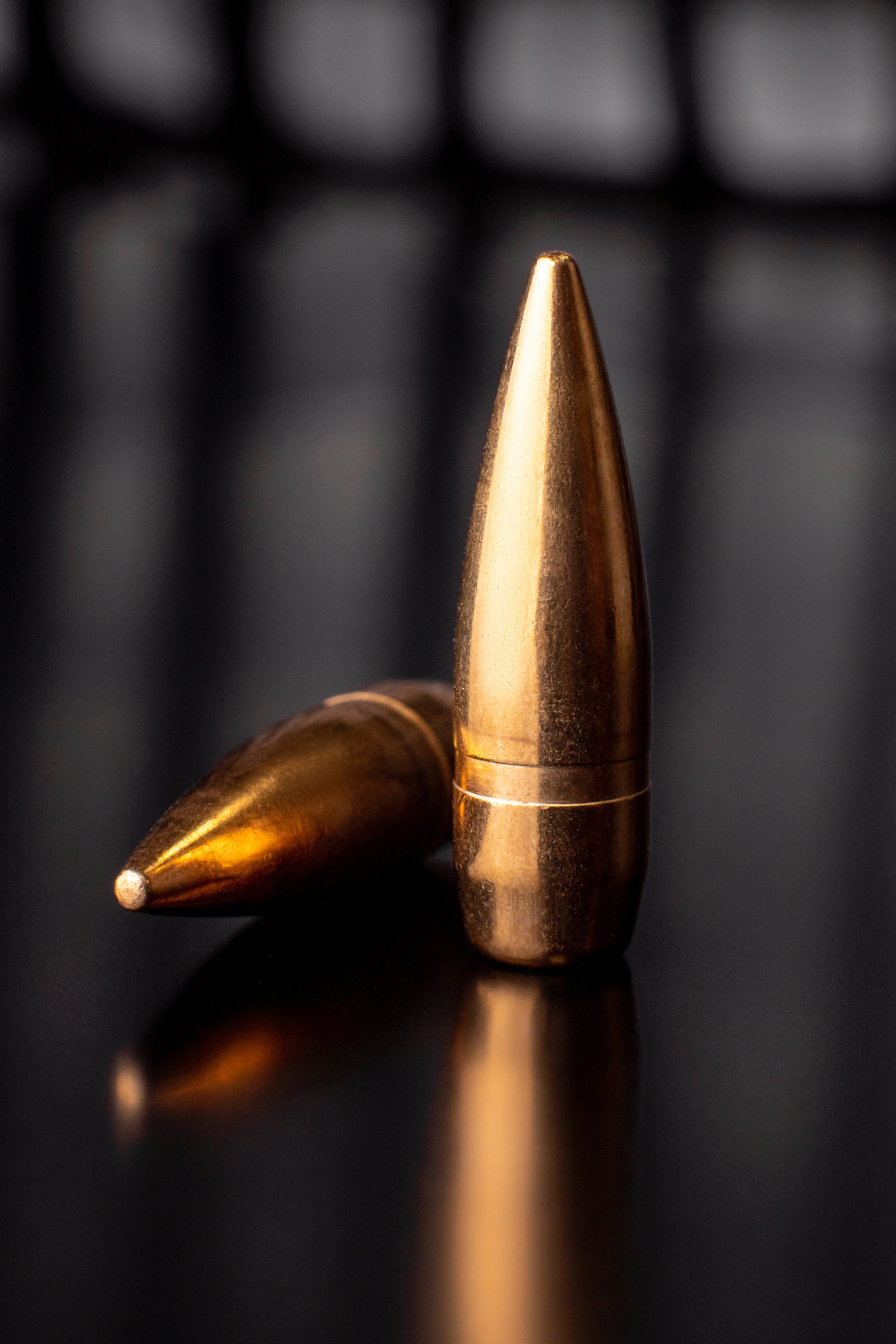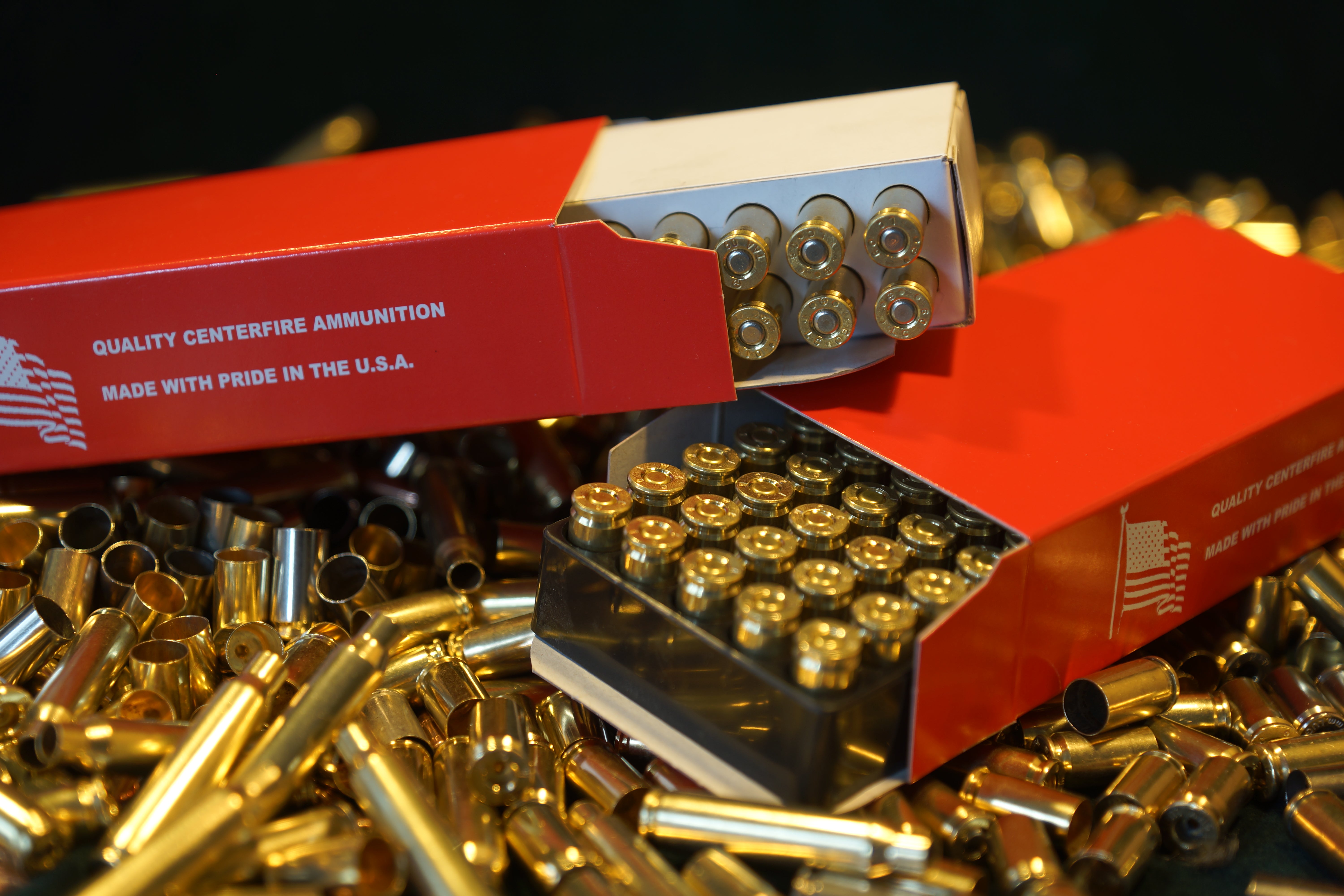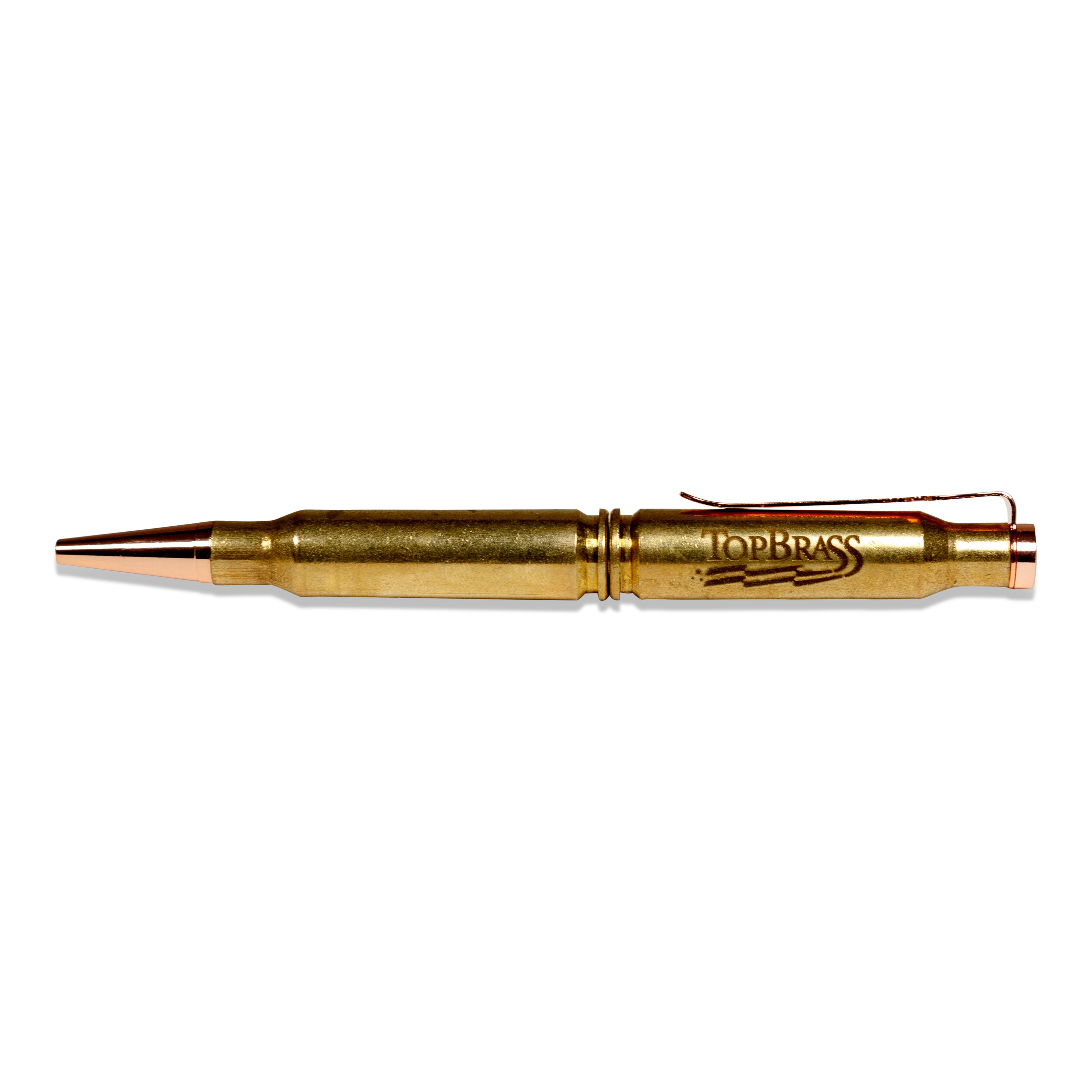Menu
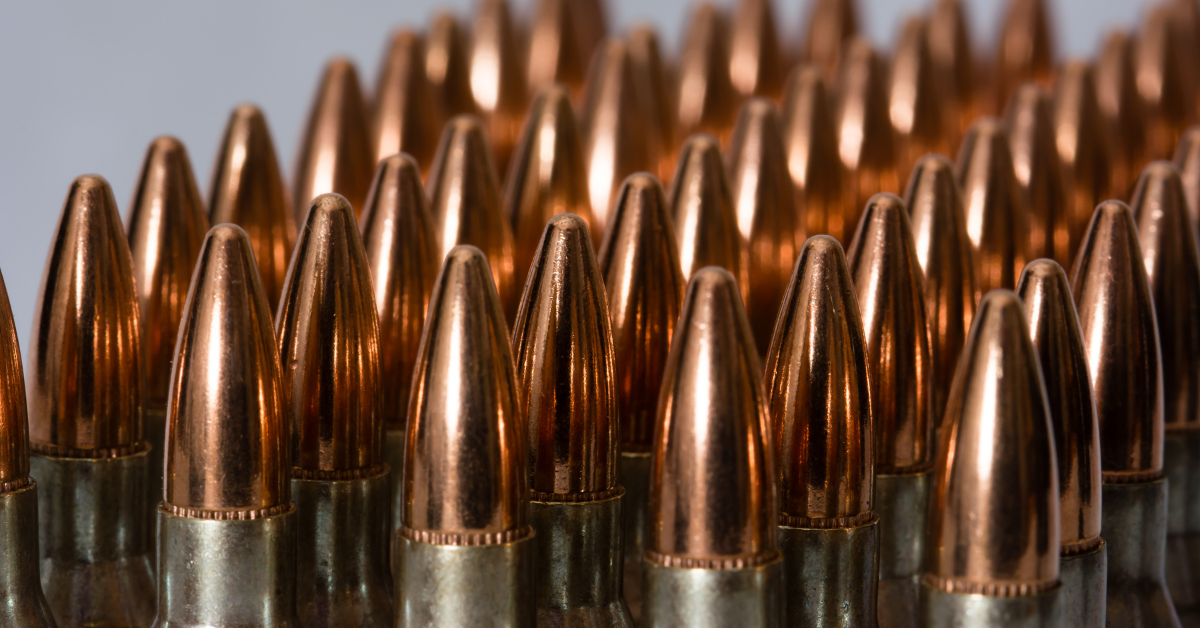
How to Keep Your Ammo Dry In Storage
Proper ammo storage is crucial for maintaining its performance and longevity, and can quite literally mean life or death for marksmen. The elements, water and heat, are the primary enemies of ammunition in extreme circumstances. They cause corrosion and other damage that can affect functionality, including misfires and velocity. For enthusiasts and professionals alike, understanding how to keep ammo dry and safe is paramount. Here, we’ll explore why it's important to keep your ammo dry, what elements can damage your ammo, and how you can effectively store it to ensure durability and reliability
Ammo is not always damaged by water. You may have had good experiences in the past with firing once-wet ammo. But there is a chance that ammo can be damaged after getting wet, causing misfires and reductions in velocity.
An experiment by Gun Digest found that after long-term exposure to water (24 hours+), most loads of ammo experienced some negative change in performance. Short-term exposure of less than 10 minutes had almost no effect.
But SAAMI, the Sporting Arms and Ammunition Manufacturers’ Institute, preaches extreme caution when firing any ammo that has been submerged. This is because wet ammo can have dire consequences for the shooter and those around them.
Water exposure can cause the ammo to get stuck while on its way out of the barrel, creating a bore obstruction. If you fire again, this could cause serious bodily injury, death, and property damage.
Exposure to water could also cause your cartridge to fail to fire at all, which can be dangerous if you are in a life-or-death situation.
While the type and material of your cartridge, as well as submersion time, can have an impact on how much or little your ammo is damaged by water, SAAMI says that there are too many variables to be sure that your ammo is safe.
SAAMI recommends disposing of ammo after it has gotten wet. “...The safe answer is that no attempt be made to salvage or use previously submerged ammunition,” the Institute advises.
What Other Elements Can Damage My Ammo?
Why Is It Important To Keep Your Ammo Dry?
Moisture can severely compromise the integrity of ammunition after long-term exposure.Ammo is not always damaged by water. You may have had good experiences in the past with firing once-wet ammo. But there is a chance that ammo can be damaged after getting wet, causing misfires and reductions in velocity.
An experiment by Gun Digest found that after long-term exposure to water (24 hours+), most loads of ammo experienced some negative change in performance. Short-term exposure of less than 10 minutes had almost no effect.
But SAAMI, the Sporting Arms and Ammunition Manufacturers’ Institute, preaches extreme caution when firing any ammo that has been submerged. This is because wet ammo can have dire consequences for the shooter and those around them.
Water exposure can cause the ammo to get stuck while on its way out of the barrel, creating a bore obstruction. If you fire again, this could cause serious bodily injury, death, and property damage.
Exposure to water could also cause your cartridge to fail to fire at all, which can be dangerous if you are in a life-or-death situation.
While the type and material of your cartridge, as well as submersion time, can have an impact on how much or little your ammo is damaged by water, SAAMI says that there are too many variables to be sure that your ammo is safe.
SAAMI recommends disposing of ammo after it has gotten wet. “...The safe answer is that no attempt be made to salvage or use previously submerged ammunition,” the Institute advises.
What Other Elements Can Damage My Ammo?
Aside from moisture, several other environmental factors can damage ammunition:
- Temperature Fluctuations: Hot temperatures can degrade ammo, as well. As ammunition heats up, it will gain pressure and velocity, according to Guns and Ammo magazine. They advise keeping primers and ammunition stored in a cool, dry place and avoiding storage in cars or garages during the summer.
- Humidity: High humidity levels can introduce moisture into ammo storage areas, which leads to corrosion and other moisture-related damage.
- Direct Sunlight: Constant exposure to sunlight can deteriorate the materials used in both the bullet and the cartridge.
- Chemicals: Exposure to harsh chemicals can accelerate the corrosion process.
How Do I Keep My Ammo Dry?
Effective ammo storage solutions are key to keeping your ammunition dry and protected from the elements. Here are some proven methods to ensure your ammo stays in peak condition:
Use the Right Ammo Storage Containers
Plastic Ammo Storage Boxes:
Plastic ammo boxes are ideal for keeping ammo dry. These boxes typically have airtight seals that lock out moisture. Their sturdy construction also protects ammo from physical damage and temperature fluctuations. Furthermore, these containers can be easily labeled and organized, making them a practical choice for both long-term storage and regular use.Cardboard Ammo Storage Boxes with Plastic Trays:
Cardboard ammo boxes with plastic trays are also a viable ammo storage option.
This combination keeps the ammo separated and protected from direct contact with moisture, which is often enough to prevent corrosion under ideal storage conditions.
Maintain an Ideal Ammo Storage Environment
To further protect your ammunition:
- Control Moisture: Use silica gel packs in your storage containers to absorb moisture.
- Keep Ammo Off the Floor: Store ammunition off the ground in a cool, dry place to reduce the risk of moisture transfer from the floor, or to protect your ammo from extreme flooding.
- Regular Checks: Regularly inspect your storage area and the ammo itself for signs of moisture or corrosion, and take immediate action if necessary.
By understanding the science behind ammo degradation and implementing these storage solutions, you can significantly extend the life and maintain the efficacy of your ammunition. Whether you're a collector, a competitive shooter, or someone who relies on ammo for professional reasons, proper storage is essential. Protecting your ammo from moisture and other damaging elements is an investment in reliability and safety
Top Brass supplies quality ammo boxes, with plastic separation to keep your ammo dry and organized
- Choosing a selection results in a full page refresh.

